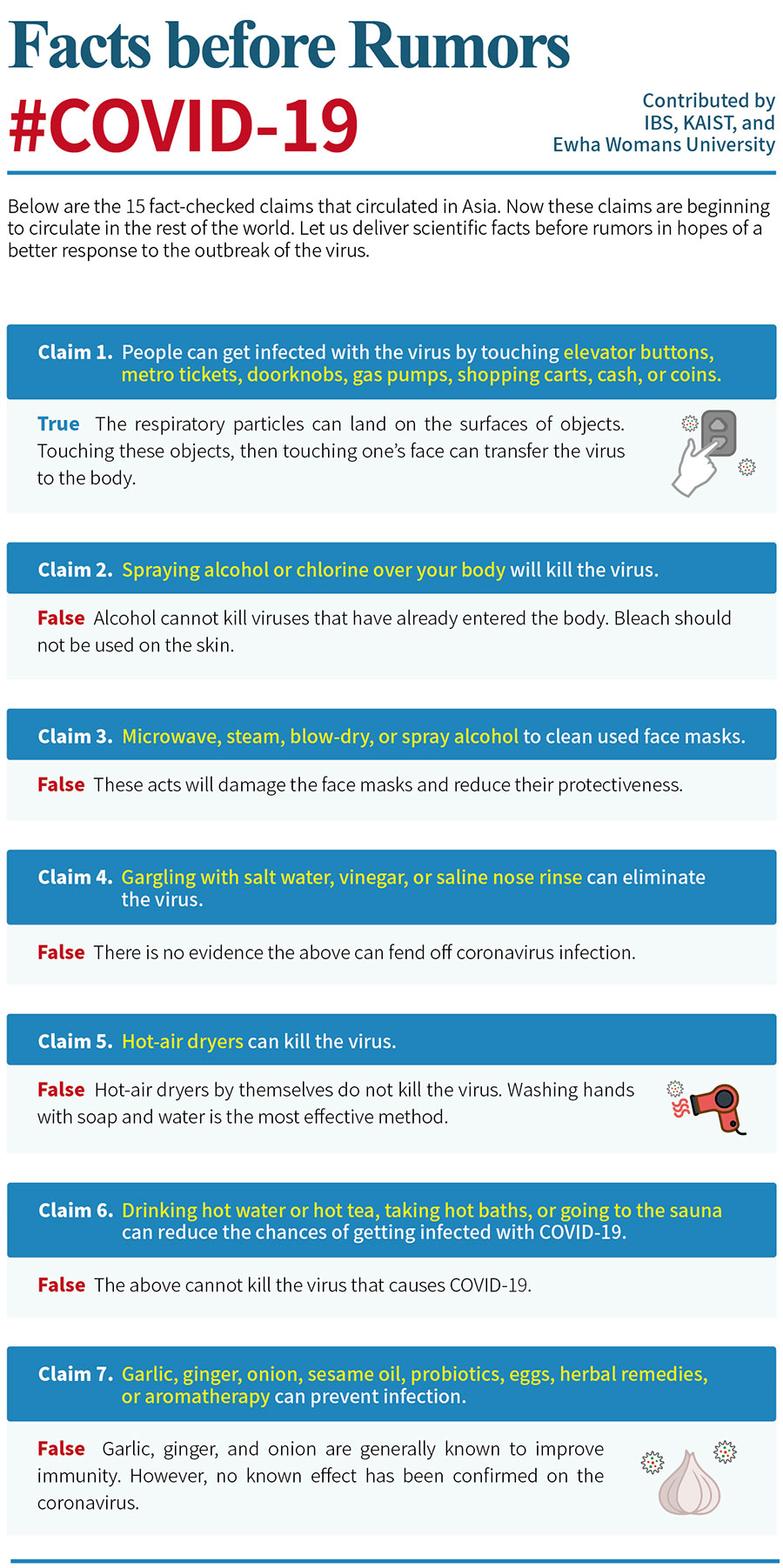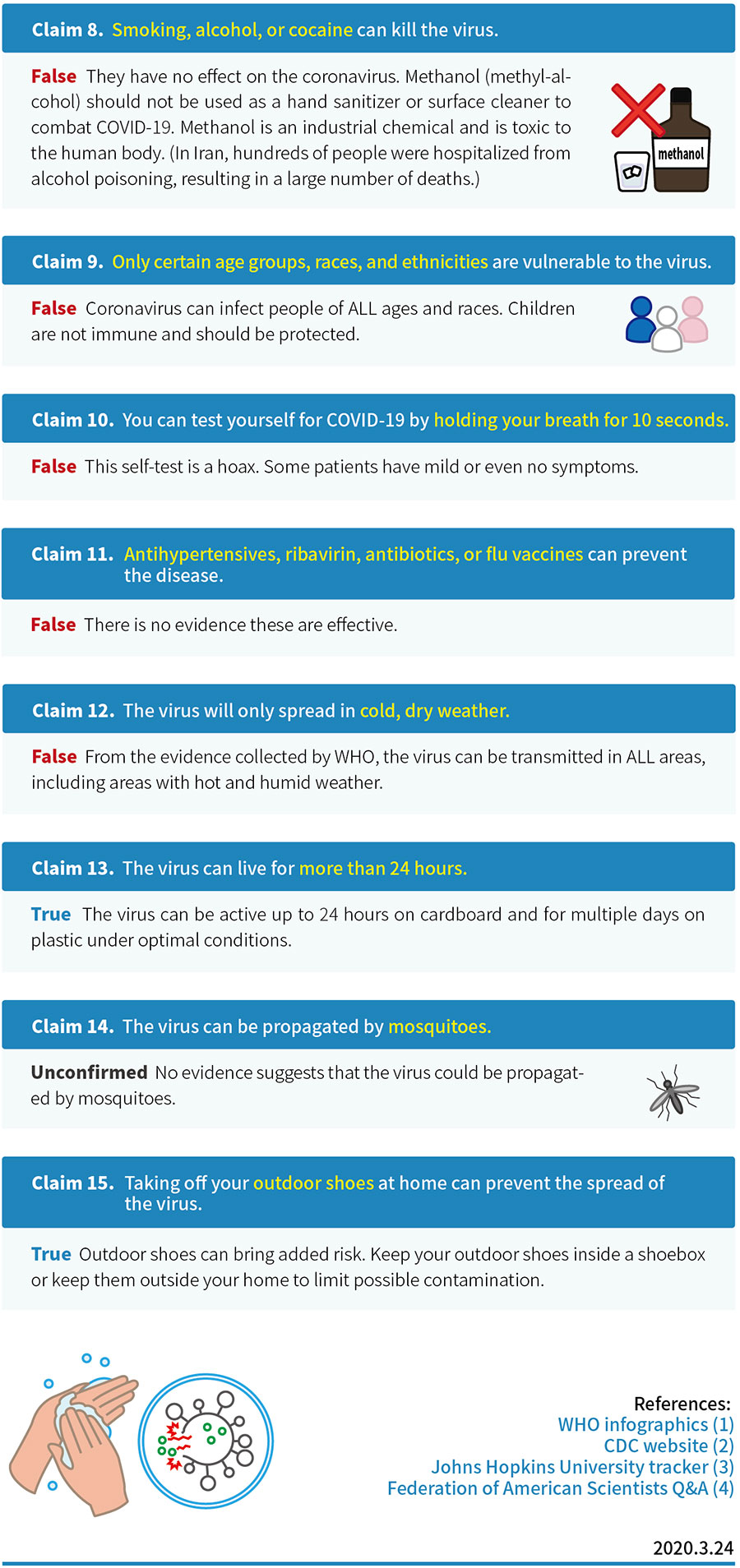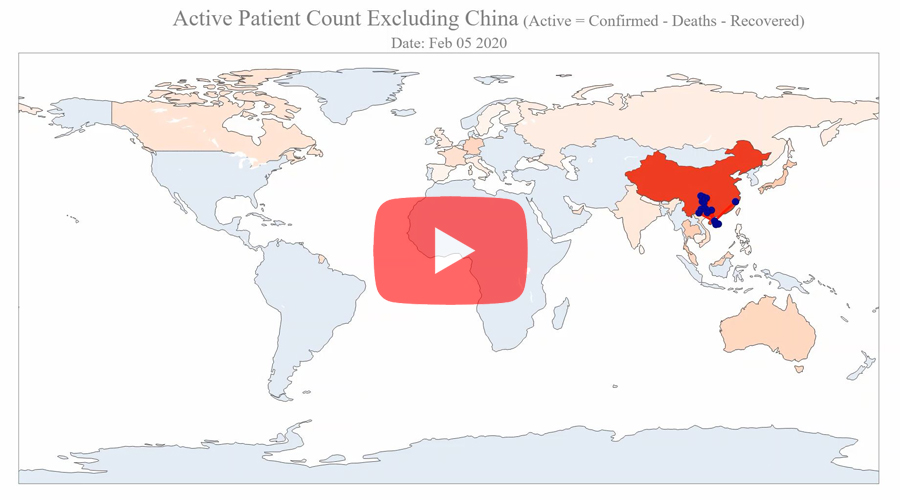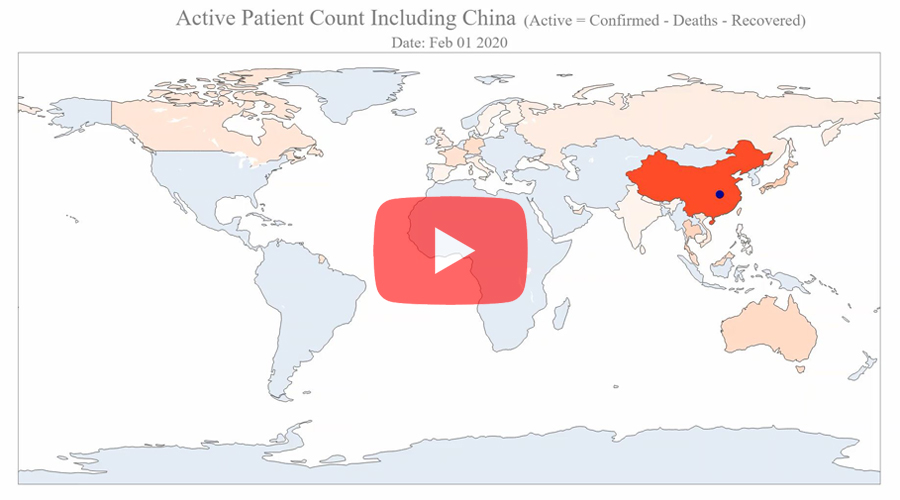주메뉴
- About IBS 연구원소개
-
Research Centers
연구단소개
- Research Outcomes
- Mathematics
- Physics
- Center for Underground Physics
- Center for Theoretical Physics of the Universe (Particle Theory and Cosmology Group)
- Center for Theoretical Physics of the Universe (Cosmology, Gravity and Astroparticle Physics Group)
- Dark Matter Axion Group
- Center for Artificial Low Dimensional Electronic Systems
- Center for Quantum Nanoscience
- Center for Exotic Nuclear Studies
- Center for Van der Waals Quantum Solids
- Center for Relativistic Laser Science
- Chemistry
- Life Sciences
- Earth Science
- Interdisciplinary
- Center for Neuroscience Imaging Research (Neuro Technology Group)
- Center for Neuroscience Imaging Research (Cognitive and Computational Neuroscience Group)
- Center for Algorithmic and Robotized Synthesis
- Center for Nanomedicine
- Center for Biomolecular and Cellular Structure
- Center for 2D Quantum Heterostructures
- Institutes
- Korea Virus Research Institute
- News Center 뉴스 센터
- Career 인재초빙
- Living in Korea IBS School-UST
- IBS School 윤리경영


주메뉴
- About IBS
-
Research Centers
- Research Outcomes
- Mathematics
- Physics
- Center for Underground Physics
- Center for Theoretical Physics of the Universe (Particle Theory and Cosmology Group)
- Center for Theoretical Physics of the Universe (Cosmology, Gravity and Astroparticle Physics Group)
- Dark Matter Axion Group
- Center for Artificial Low Dimensional Electronic Systems
- Center for Quantum Nanoscience
- Center for Exotic Nuclear Studies
- Center for Van der Waals Quantum Solids
- Center for Relativistic Laser Science
- Chemistry
- Life Sciences
- Earth Science
- Interdisciplinary
- Center for Neuroscience Imaging Research (Neuro Technology Group)
- Center for Neuroscience Imaging Research (Cognitive and Computational Neuroscience Group)
- Center for Algorithmic and Robotized Synthesis
- Center for Nanomedicine
- Center for Biomolecular and Cellular Structure
- Center for 2D Quantum Heterostructures
- Institutes
- Korea Virus Research Institute
- News Center
- Career
- Living in Korea
- IBS School
News Center
| Title | “Facts before rumors” campaign just began by the IBS Data Science Group | ||||
|---|---|---|---|---|---|
| Name | 전체관리자 | Registration Date | 2020-03-26 | Hits | 8186 |
| att. |
 thumb.jpg
thumb.jpg
|
||||
“Facts before rumors” campaign just began by the IBS Data Science GroupIBS Data Science Group/ KAIST School of Computing team has started a campaign called “Facts before rumors.” This campaign started from the observation that many rumors that widely circulated in China and South Korea are now starting to spread in those countries where COVID-19 is just starting. The team gathered more than 200 rumors and grouped them into similar categories. After excluding conspiracies, political rumors, and celebrity news, the team identified 15 claims which focus on health practices. Check the infographics below (which was designed by KIM Keunwoo, a master student in Industrial Design at KAIST).
For example, a very popular claim in both China and South Korea stated that blowing hot air would kill the virus. Rumors like this can sway people’s attention away from verified preventive measures like washing hands with soap frequently and maintaining social distancing. This rumor, for instance, has yet to reach Brazil -- a country that has now reached 2500 patients. By sharing scientific facts before rumors start to arise, the IBS team aims to contribute towards the fight against COVID-19. The team’s lead, Prof. Meeyoung Cha, is known for its fake news detection research and says “After years of research on fake news, I realize it is hard to tame rumors once they are out. Fact-checking messages are not as popular as rumors themselves. This is why we need to share scientific facts about COVID-19 before rumors even start to emerge. Strategies like this can help Southeast Asia, South America, and Africa.” An earlier visualization created by Prof. Cha’s team showed how the epicenter of the COVID-19 had started to move away from China and towards Europe by the end of February. The visualization excluded China from the analysis due to the vast difference in the number of cases between China and other countries. The COVID19 situation, however, seems to be changing so rapidly and fear spreads even faster than the disease itself. As various countries have introduced countermeasures followed by the soaring number of local cases, it seems to be time for us to review how the virus situation has been changing in the past days to have a better understanding of it. As found by researchers and warned by the WHO, public agglomerates contribute the most to the spread of the virus. The two visualizations presented below animate the centroid of the geographical distribution of the active cases of COVID-19 over time. Analysis of the active cases indicates where COVID-19 is currently spreading and wreaking havoc. The visualizations below differ by taking the Chinese patients into account in the first one, while Chinese active cases are discarded in the latter. Despite doing that, these observed patterns are still very similar. Under normal circumstances, the epidemic of the virus will increase exponentially, reaching the highest peak, and then gradually decline after all susceptible people have become infected, and likely ill. The case in China, however, has proved to be "unconventional". In China, the epidemic was controlled yet during the growth stage, and the spread of the virus was managed through extreme quarantine and social distancing policies. Both the collected data and the observed social reality are clear. China's experience shows that not all epidemics of infectious diseases must go through a major outbreak bound to overflow local health care systems. Countries around the world that are currently facing local outbreaks can learn from this experience and apply it according to its own actual situation. Up to now, many countries and territories still have fewer than 100 cases. For these countries, especially the ones with vulnerable health systems that may collapse under the weight of the numbers of patients, aggressive measures to find, isolate, test, treat and trace are not only the best and fastest way out of extreme social and economic restrictions – they’re also the best way to prevent them. |
|||||
| Next | |
|---|---|
| before |
- Content Manager
- Public Relations Team : Yim Ji Yeob 042-878-8173
- Last Update 2023-11-28 14:20















